Another debut in a new series from the Mennica Polska, Brave Animals will depict those creatures that show no fear in the face of danger. There’s no more apt animal to kickstart the range than that most lunatic creature, the infamous Honey Badger. This short, stocky beast has no qualms picking a fight with lions, leopards, or even small crocodiles. It’s even listed in the Guiness Book of Records as the worlds most fearless animal.
The coin is two-ounces in weight, fine silver, and with an antique finish. Like the similar in concept Wildlife Protection series from Coin Invest Trust, the eyes of the animal are adorned with Swarovski crystals. Apart from the name of the animal in English and Latin, the reverse face carries no inscriptions. The usual date (2015), issuer (NIUE), denomination (2 DOLLARS) and Queens name (ELIZABETH II) sit around the outside of the obverse, along with the series name (BRAVE ANIMALS). Instead of just an effigy of Queen Elizabeth II as is typical with the obverse of a Niue issued coin, this one is resplendent with a custom design. Depicting a map of the honey badgers range, and an image of its habitat overlaid with a badgers silhouette, it’s an excellent change from the norm.
Overall, we like this one and it bodes well for the next coin, which we understand will be the tiger. It’s supplied in a wooden box inside an illustrated shipper, along with a Certificate of Authenticity. Only 400 will be struck, but despite this rarity there quite a few dealers selling them, including site advertisers Powercoin, First Coin Company, and Invercoin, all under $200/€200
COIN IMAGES
THE HONEY BADGER
The honey badger (Mellivora capensis), also known as the ratel, is native to Africa, Southwest Asia, and the Indian subcontinent. Despite its name, the honey badger does not closely resemble other badger species; instead, it bears more anatomical similarities to weasels. It is classed as Least Concern by the IUCN owing to its extensive range and general environmental adaptations. It is primarily a carnivorous species and has few natural predators because of its thick skin and ferocious defensive abilities.
Honey badgers are the largest terrestrial mustelids in Africa. Adults measure 23 to 28 cm in shoulder height and 55–77 cm in body length, with the tail adding another 12–30 cm. Females are smaller than males. Males weigh 9 to 16 kg while females weigh 5 to 10 kg on average. The honey badger has a fairly long body, but is distinctly thick-set and broad across the back. Its skin, 6 mm thick around the neck, is remarkably loose, and allows it to turn and twist freely within it. The head is small and flat, with a short muzzle. The eyes are small, and the ears are little more than ridges on the skin, another possible adaptation to avoiding damage while fighting. The honey badger has short and sturdy legs, with five toes on each foot. The feet are armed with very strong claws, which are short on the hind legs and remarkably long on the forelimbs.
Honey badgers are intelligent animals and are one of a few species known to be capable of using tools. As with other mustelids of relatively large size, such as wolverines and badgers, honey badgers are notorious for their strength, ferocity and toughness. They have been known to savagely and fearlessly attack almost any kind of animal when escape is impossible, reportedly even repelling much larger predators such as lions. Bee stings, porcupine quills, and animal bites rarely penetrate their skin. If horses, cattle, or Cape buffalos intrude upon a ratel’s burrow, it will attack them. They are virtually tireless in combat and can wear out much larger animals in physical confrontations. The aversion of most predators toward hunting honey badgers has led to the theory that the countershaded coats of cheetah kittens evolved in imitation of the honey badger’s colouration to ward off predators.
Next to the wolverine, the honey badger has the least specialised diet of the weasel family. Honey badgers favour bee honey, and will often search for beehives to get it, which earns them their name. They are also carnivorous and will eat insects, frogs, tortoises, rodents, turtles, lizards, snakes, eggs, and birds. They will eat fruit and vegetables, such as berries, roots and bulbs. They may hunt frogs and rodents, such as gerbils and ground squirrels, by digging them out of their burrows. Honey badgers are able to feed on tortoises without difficulty, due to their powerful jaws. They kill and eat snakes, even highly venomous or large ones, such as cobras. They have been known to dig up human corpses in India. They devour all parts of their prey, including skin, hair, feathers, flesh and bones, holding their food down with their forepaws.
SPECIFICATION
| DENOMINATION | COMPOSITION | WEIGHT | DIAMETER | FINISH | MINTAGE | BOX / COA |
|---|---|---|---|---|---|---|
| $2 NEW ZEALAND | 0.999 SILVER | 62.20 g | 50.0 mm | ANTIQUE | 400 | YES / YES |


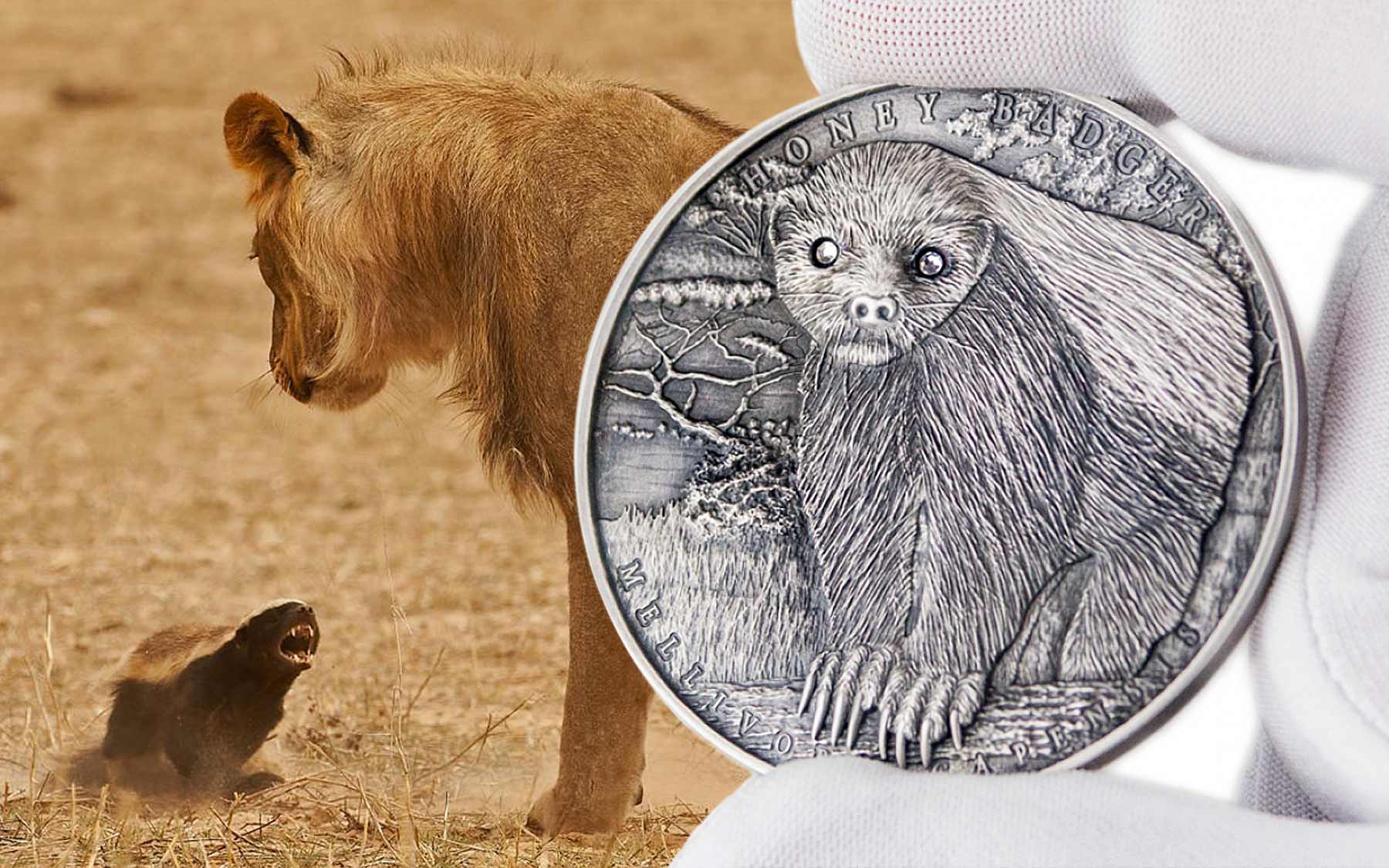
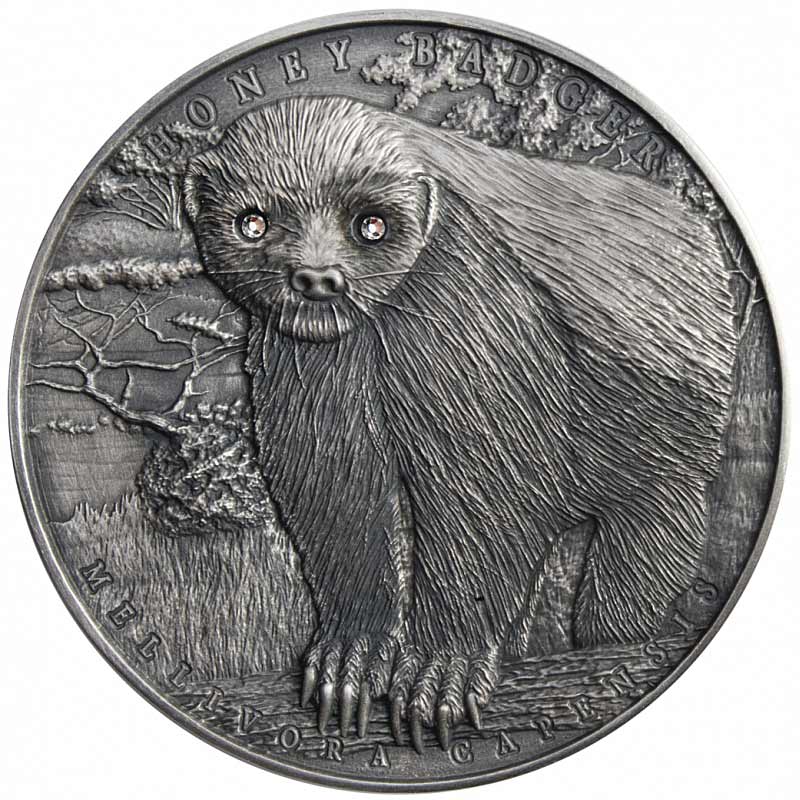
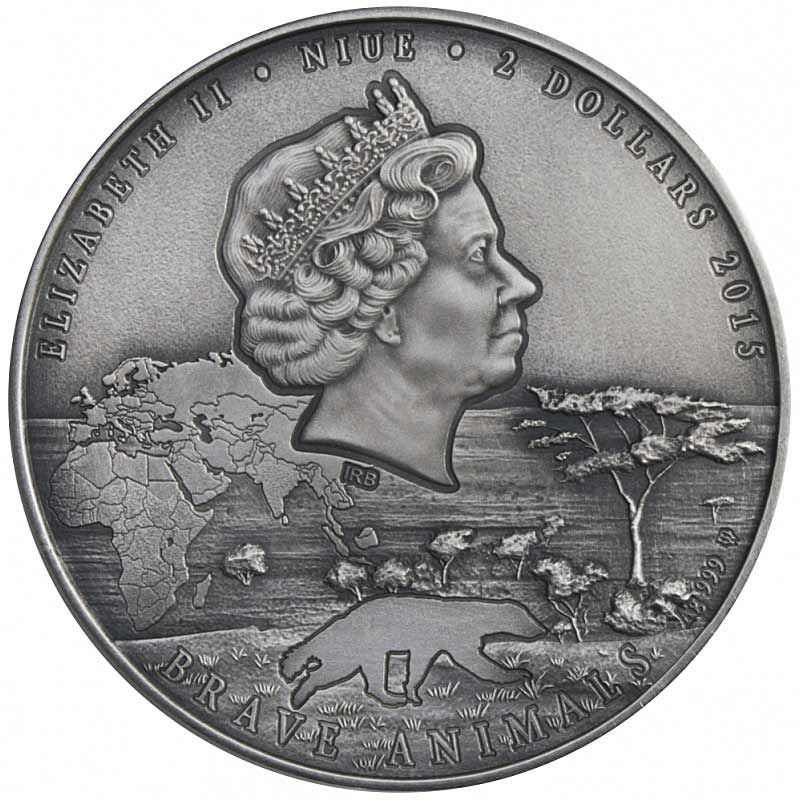
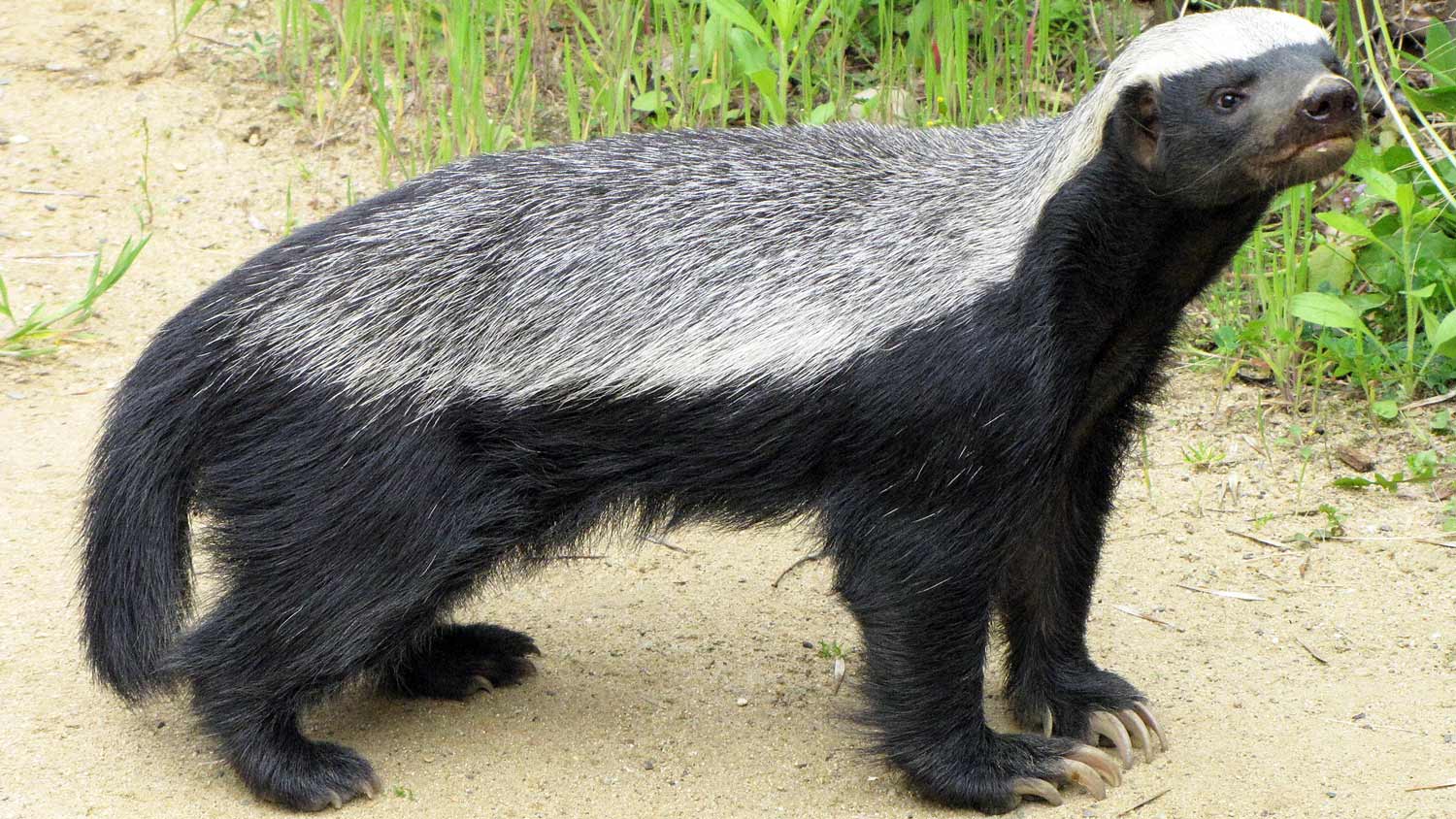





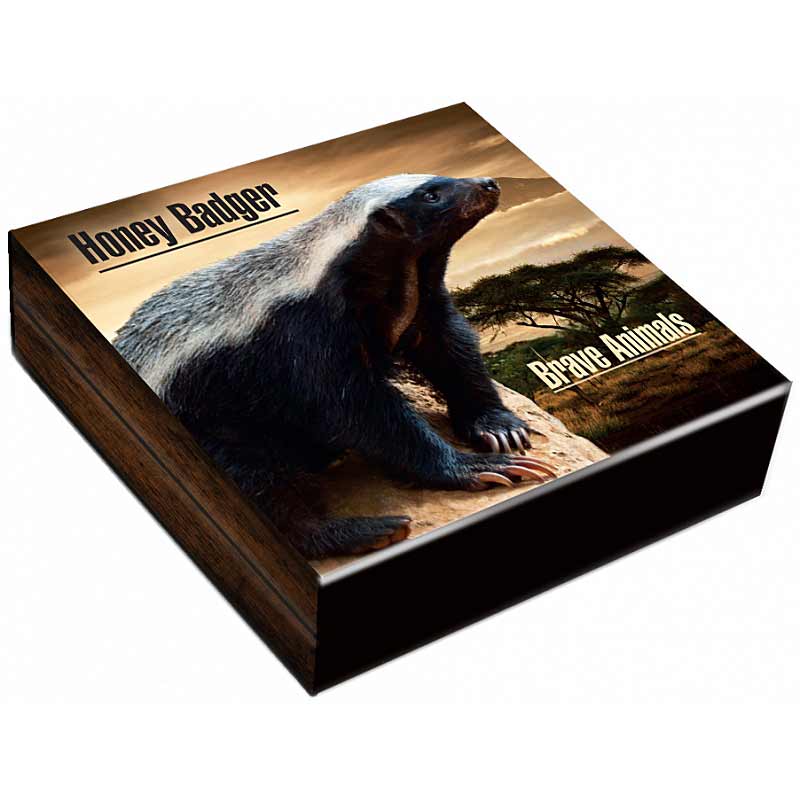

Talking about the mint or Poland, I think you should revisit the Trojan Horse – Ancient Myths coin please Mik. I just received mine today and I was left speechless! Thank you for doing that article at the time and made me order it! 🙂 This is by far my favourite coin of the last few years, I literally could not stop saying wow! The crown jewel to my collection for sure! That wooden inlay is magnificent!
It came in the exact same packaging as this one, the wooden box looks and feels superb. Mint of Poland I salute you – Royal Mint take note!!
George
Am trying to get one for a photoshoot George. Hopefully we should know soon. It’s been a good few months. I saw the 1oz gold Joan of Arc coin yesterday and it’s fantastic.
When the next coin from the series of brave animals will appear?